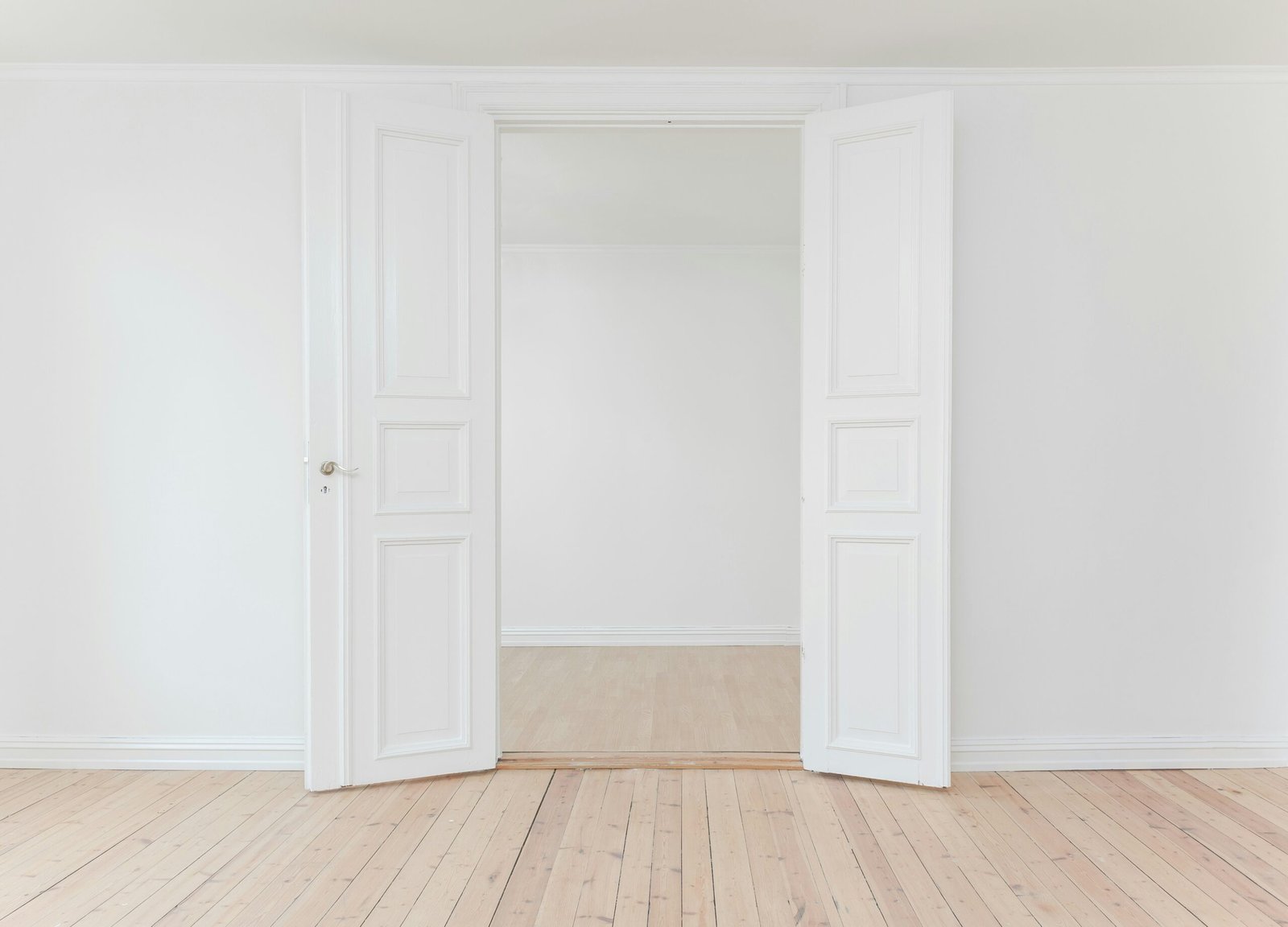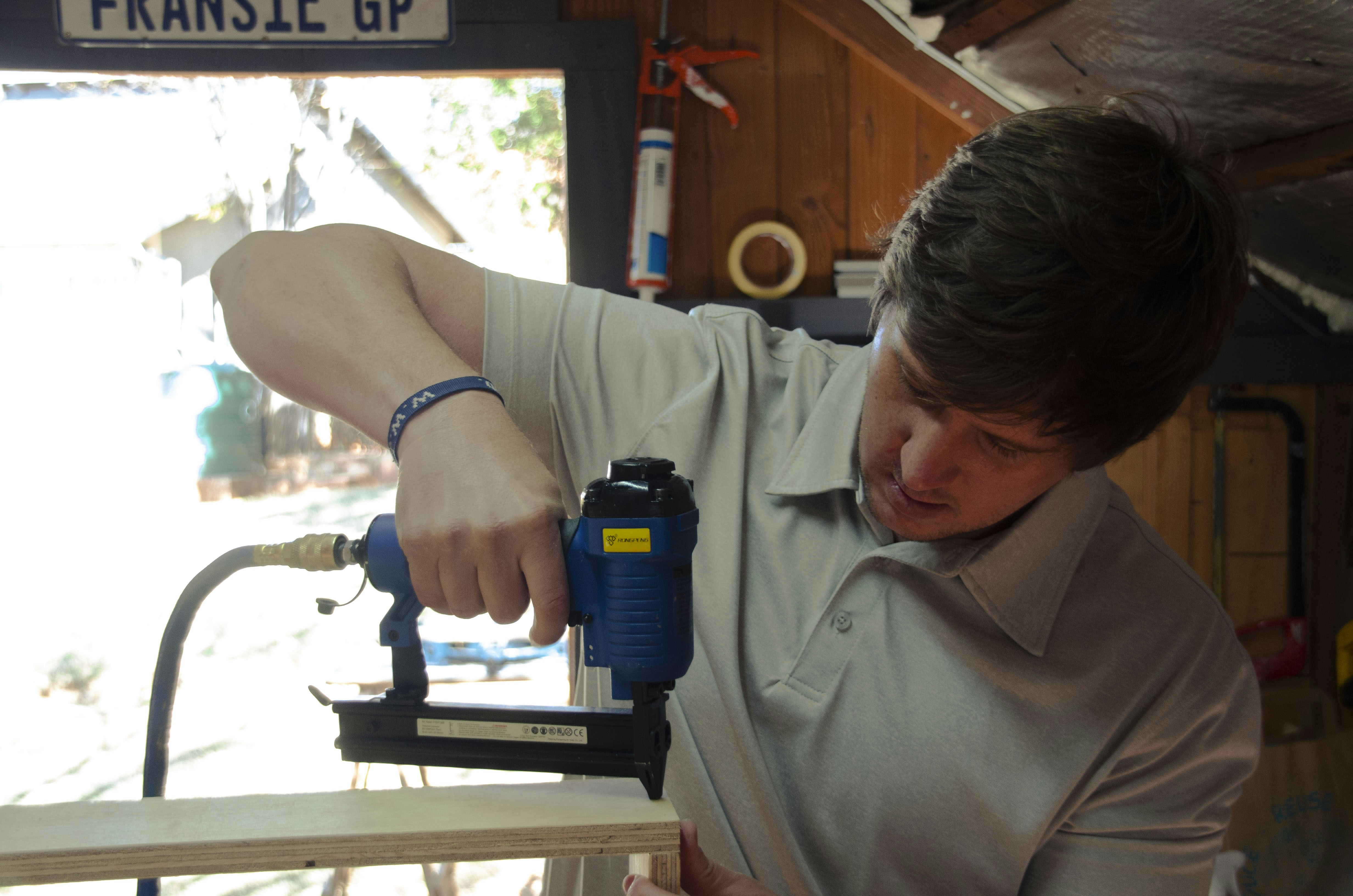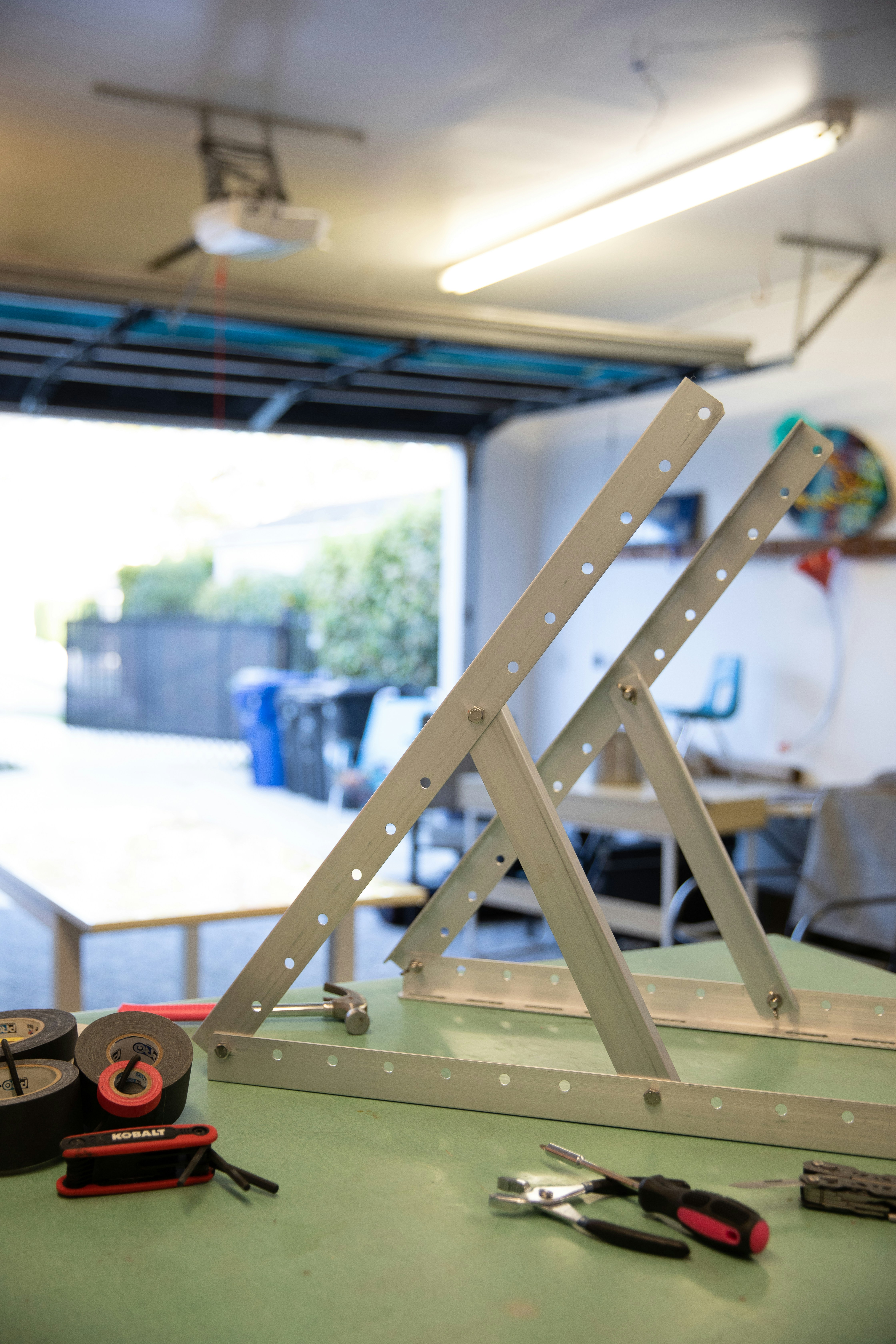Understanding Your Security Needs
When it comes to enhancing your home security, a thorough understanding of your specific security needs is paramount. Each property presents unique vulnerabilities, from potential entry points to visibility concerns, which must be evaluated to determine the most effective door camera and lighting system.
Begin by assessing potential entry points around your home. These may include front and back doors, ground-floor windows, and garage access points. By identifying these areas, you can prioritize coverage and ensure that your surveillance system adequately monitors them. Pay close attention to any blind spots that may hinder visibility, as these can be critical in deterring intruders. Having a clear plan for which areas require surveillance will facilitate a more strategic selection of door cameras that offer the necessary field of view and image quality.
Another important consideration is the crime rate in your neighborhood. Research local crime statistics to gauge the level of threat in your area. A location with higher crime rates may warrant a more advanced door camera and lighting system, equipped with features such as night vision, two-way audio, or motion detection. Conversely, if you live in a low-crime area, a more basic setup might suffice.
Your personal preferences also play a significant role in determining the right security system for your home. Consider your daily routines and how they may impact your need for security features. For instance, families with children or elderly residents may require additional measures, such as well-lit entrances or high-resolution cameras for better tracking. Additionally, assess how much control you wish to have over your surveillance system. Today’s smart door cameras often integrate with mobile applications, offering remote access and real-time alerts, providing peace of mind even when you are away from home.
Types of Door Cameras and Their Features
When considering a door camera for enhanced home security, it is essential to understand the various types available in the market. The most common categories include wired and wireless door cameras, smart doorbells, and traditional surveillance cameras. Each type has unique features that cater to different security needs and lifestyles.
Wired door cameras generally provide a more stable connection and uninterrupted power supply. These cameras typically offer high-resolution video quality, ensuring clear images for identification purposes. However, the installation of wired systems may require professional assistance, as they involve running cables through walls and connecting to power sources. On the other hand, wireless door cameras offer greater flexibility. They are easier to install, with most models requiring merely a power outlet and Wi-Fi connection. However, potential drawbacks include reliance on battery life and susceptibility to signal interference.
Smart doorbells have become a popular choice due to their multifunctional capabilities. Equipped with features such as live video streaming, two-way audio, and motion detection alerts, these devices enhance interactive security. Many smart doorbells also integrate seamlessly with home automation systems, allowing users to monitor their homes remotely via smartphones. They often come with cloud storage for video recordings, which is invaluable for reviewing incidents over time.
Traditional surveillance cameras, while not specifically designed for doors, can be strategically placed to monitor entry points. These cameras can provide extensive coverage and some models offer advanced features such as night vision and high-definition video. However, they may lack the convenient smart features offered by newer devices.
Ultimately, the decision on the right type of door camera and features to include should reflect individual security requirements and lifestyle preferences. Evaluating specifications like video quality, night vision capabilities, motion detection, and audio features will help ensure that the selected system adequately protects the home.
Selecting the Right Lighting System
Lighting plays a crucial role in enhancing the functionality of door cameras, contributing significantly to both visibility and security. When choosing an outdoor lighting system, it is imperative to consider various options, including motion-sensor lights, smart lighting, and landscape lights, each offering unique advantages. Motion-sensor lights are particularly effective as they activate upon detecting movement, illuminating the area and potentially deterring intruders. This sudden burst of light can also alert homeowners to unusual activity, enhancing peace of mind.
Smart lighting systems, which can be controlled remotely via smartphones or integrated with home automation systems, provide added convenience. These systems can be programmed to mimic occupancy by turning on and off at scheduled times, further discouraging break-ins. Additionally, integrating smart lighting with door cameras allows for real-time notifications, making it easier to oversee one’s property from a distance.
Landscape lights, while primarily aesthetic, can also serve security purposes. Strategically placed landscape lights enhance the visibility surrounding entrances and pathways, minimizing shadows where intruders might hide. This complementary effect not only assists door cameras in capturing clearer images but also creates a well-lit environment that is less inviting to potential criminals.
When determining the optimal placement of lighting systems, it is important to ensure that all entry points are adequately illuminated. Positioning lights above doorways and along walkways enhances visibility without causing glare that could obstruct camera vision. Furthermore, using a combination of different types of lights can create layered illumination, providing comprehensive coverage of the area. By thoughtfully selecting and positioning your lighting system in conjunction with door cameras, homeowners can significantly bolster their security measures.
Installation and Integration: Tips for Success
Successfully installing and integrating a door camera and lighting system is essential for enhancing home security. A systematic approach should be adopted, whether you opt for DIY installation or engage professional services. Begin by assessing your property to identify optimal placement for both the camera and lights. It is recommended to mount the door camera at eye level to ensure a clear view of visitors while keeping it out of reach to prevent tampering. The associated lighting should illuminate the entryway adequately, deterring potential intruders and providing a well-lit area for nighttime arrivals.
When preparing for installation, gather all necessary tools and carefully follow the manufacturer’s instructions. If you decide to proceed with DIY installation, familiarize yourself with basic electrical skills, particularly for connecting the lighting. Alternatively, hiring a professional installer may offer peace of mind, particularly for intricate setups or integration with existing home automation systems. Professional advice can be invaluable in ensuring that the systems are not only functional but also secure, as improper installation can lead to vulnerabilities.
Integrating your door camera and lighting system with home automation apps provides added convenience. Most devices can be connected via Wi-Fi, allowing remote monitoring and management through smartphones or tablets. Ensure that your selected door camera is compatible with your chosen home automation platform for seamless functionality. Set notifications for motion detection, or schedule lighting to activate when the camera is triggered, ensuring an effective security response.
Finally, regular maintenance is crucial. Clean camera lenses and test lights regularly to ensure proper operation. Developing a maintenance schedule will help in proactively identifying any potential issues, allowing you to troubleshoot effectively. By following these steps, homeowners can create a reliable security system that enhances safety and peace of mind.
If you’re interested in purchasing the item you seek, please click the link for additional details: #americanachoice.
https://amzn.to/3SBN3Oy
AFFILIATE DISCLOSURE: I am an affiliate for this company, I am not a paid employee.
I may receive a commission if you click a link on this page and choose to purchase something.
You can rest assured I will only share things I believe in and will be valuable to you.



